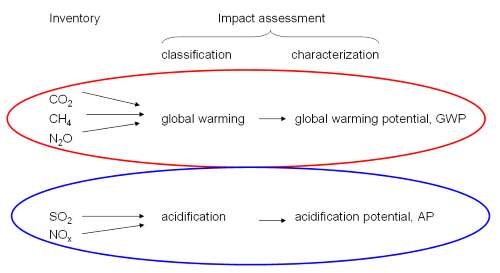
You are here:
CIV Arctic
/
Work packages
/
WP 5 - Environmental footprint

